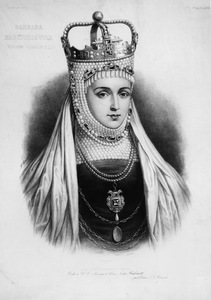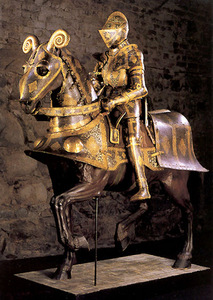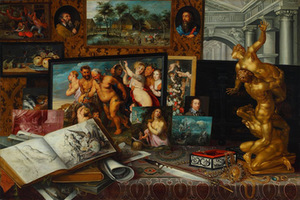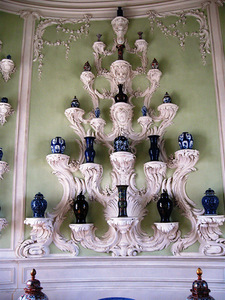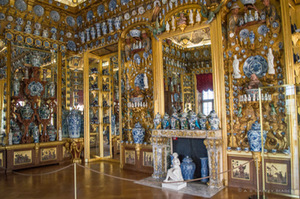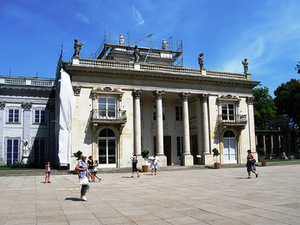Power and riches - collections of kings and noblemen (Part I) 3
In brief: Since the ancient times the ruling class stood out from the rest of society with its accumulated wealth. This series of articles provide an overview of kings and noblemen's collections from the 15th to the early 20th century, not only in the West but also in the Polish–Lithuanian Commonwealth. Moreover, it investigates how these art collections formed the high society's worldview.
What wealth was surrounding the first Lithuanian Grand Dukes is unknown, but the collections must have contained hunting trophies and relics from overseas. In 1410 Vytautas the Great gave the Roman Emperor Sigismund von Luxemburg (1368-1437) twelve ermine fur-lined caps, and the latter gave the monarch of the Grand Duchy of Lithuania a prestigious Order of the Dragon in 1429.
Žygimantas Augustas' (1520–1572) manor glistening with luxury was described in much more detail (the collection was estimated to be worth one million golden Skudai). It is emphasized in the sources that the last Jogailaitis' library consisted of 800 books that in 1565 were transferred from Vilnius to Tykocin Castle.
However, the most impressive was the collection of tapestries. It is hard to tell when the first tapestries arrived to our lands. The earliest surviving historical sources are related to Žygimantas Senasis (1467–1548) and Bona Sforza d’Aragona (1494–1557). In total, during the reign of Žygimantas Senasis 108 tapestries were acquired; some of them with Lithuanian, Polish and Sforza coat of arms; others with figurative, floral or animalistic patterns.
After the Vasa dynasty took over the throne, collecting became more sophisticated. The collection of Royal Castle in Warsaw was supplemented by Vladislav Vasa's (1595–1648) trip to Europe. The question is best answered with the painting of French artist Étienne de La Hyre (1583–1643) - Vladislav Sigismund Vasa's royal cabinet of paintings (1626). According to the archival material, monarch was an avid collector; his cabinets of curiosities contained corals, crystals and examples of rare animal species.
Ruler of the Lithuanian-Polish Commonwealth Jonas Sobieskis (1629–1696) was famous for his spectacular collections at the Vilanonvo manor. The general inventory of 1696 registered Jurgis Siemiginovskis' paintings, silverware of Danzing, luxury curtains created by Zolkva and carpets, both Persian and locally made. Carefully selected agents toured the foreign lands in search for paintings, sculptures and furniture, especially from Italy, Holland and France.
It is known that in the beginning of his rule, S. A. Poniatovskis had a number of portraits and an overdoor "with flowers" as well as 500 paintings, which he acquired from Kasparas Lubomirskis in 1764. However, later he set his heart on a collection meeting his personal ambitions, which would reflect the painting genres and European collection trends; the ruler was informed on these things by his art expert, painter Marcello Bacciarelli (1731–1818).









